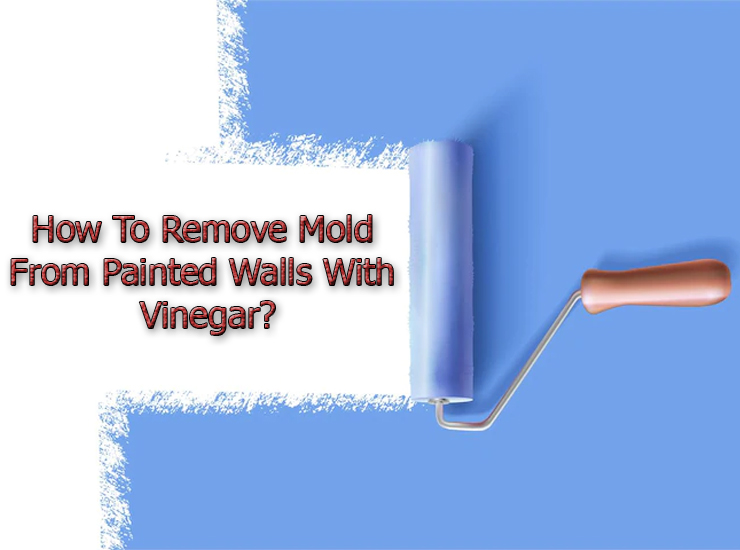How To Remove Mold From Painted Walls With Vinegar? Treating your home perfectly is the only way forward if you want to remain risk-free. People with houses can fear an attack from different species. These include fungi, insects, parasites, and even termites. Among these, fungus disturbs the most. At best, they introduce pores in the surfaces. At the least, they make a miserable presentation.
There is little respite when it comes to the customers. But with good antifungal options, there is a lot to consider. At first, we need to mention where the fungus such as mold develops easily. It is your walls made from wood and fiber. They easily get into the walls since there is some mechanism going behind them. Often it is the water and sewerage pipes that go behind the walls. And once they begin to leak, you only get to know when your walls appear bad, dull, and damp.
Hence, once detected, the next task is to treat the mold. For this, different products and solutions come along but nothing seems better than vinegar. Vinegar is a natural antifungal product you need for treating your walls.
The Action of Vinegar
White distilled vinegar can easily kill around 80 percent of molds. It comes through its strong nature and actions that fight against fungi. Preventing your walls from molds is the primary requirement by people. It not only protects the walls but everything that goes behind them. Since most houses contain pipes behind the walls, there is much to take care of. Moreover, people cannot get a lot from other solutions apart from vinegar.
Generally, you need to consider the finish your walls have. Once you decide on this, considering the perfect quantity of vinegar and water will become easy. In essence, using one portion of vinegar with three portions of water is necessary. Vinegar works perfectly on non-porous and porous surfaces. In the latter, it enters the pores to dry out the mold.
Your vinegar solution must be distilled perfectly before spraying on the surfaces. Even though you will dry out the surface, there is the need to keep the surface in a lubrication state. For this, try out different oil products to apply to the surface. This practice keeps the mold out and away for longer.
Removing Mold from Porous Surfaces
Your porous surfaces such as drywall and insulation boards are prone to water. It means if there is a leakage, you cannot decide on quick action. Even though they can develop molds easily, we still give a valuable solution. Before you apply the mold removal products such as vinegar solution, try to replace porous surfaces. It is since you cannot take any risks with these surfaces since they act as a supportive solution. After replacement, you can treat them with vinegar solution.
How to Remove Mold From Painted Walls with Vinegar
Removal of mold from painted or non-porous surfaces is straightforward. However, if you have wallpaper on your walls, try to replace them. But with paint, you can directly apply the white vinegar solution. The best action of vinegar on non-porous surfaces is that it does not weakens the porous grout between the layers.
Related Articles:
Is Bleach Or Vinegar Better To Kill Mold?
Is Mold And Fungus The Same Thing?
5 Common Mold Myths: What You Believe May Not Be True
DIY Mold Removal: Natural Mold Killers
What Makes the Home a Great Place for Mold Growth?

